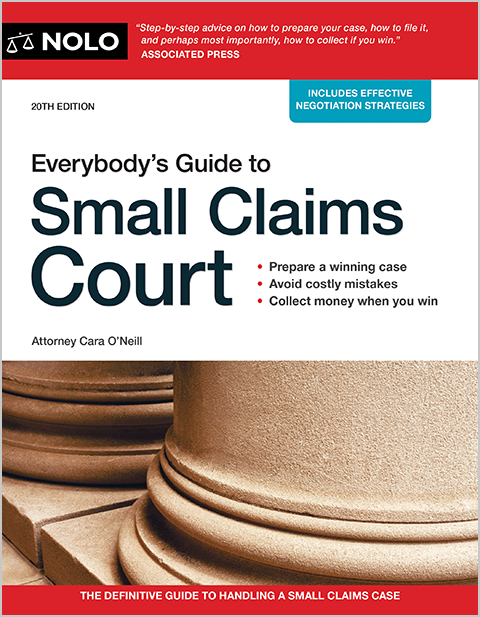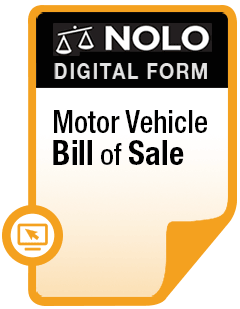No one should drive when they’re too tired to do it safely.
According to the National Highway Traffic Safety Administration (NHTSA), drowsy driving is a major cause of vehicle accidents in the United States, resulting in tens of thousands of injuries and hundreds of deaths each year.
It's crucial to be aware of the risk factors for drowsy driving and to avoid getting behind the wheel (or continuing to drive) if you're not able to stay alert. You may also have a stronger car accident claim if you can show that the driver who caused an accident was too tired to drive safely.
What Is Drowsy Driving?
According to the Centers for Disease Control (CDC), drowsy driving (or "driving while fatigued") can result when someone gets behind the wheel in a number of circumstances, including when the driver:
- has gotten an inadequate amount of sleep
- suffers from an untreated sleep disorder
- has consumed alcohol, or
- is taking medication (prescription or over-the-counter) that causes drowsiness.
Drowsiness itself can take different forms, including situations where a driver:
- actually falls asleep at the wheel
- doesn't pay proper attention to the road, other drivers, or pedestrians
- has slower-than-normal reaction time, and
- makes risky decisions while behind the wheel.
Who Is at Risk for Drowsy Driving?
Drowsy driving is not restricted to any one type of driver or circumstance, but the NHTSA has identified certain risk factors. Probably not surprisingly, drowsy driving is more likely when the driver didn't get enough sleep, took sedating medications, or consumed alcohol. Driver fatigue and drowsy driving accidents are also more common:
- At particular times of day. The body's natural rhythms cause a person to feel more tired between the hours of midnight and 6 a.m. and in the mid-afternoon, and drowsy driving accidents are more likely at these times.
- Among certain kinds of workers. People whose jobs keep them on the road for lengthy periods (like business travelers and truckers) and people who work long or irregular hours (like shift workers and emergency responders) are at greater risk of getting drowsy behind the wheel.
- Among younger people, especially younger men. Young drivers are at greater risk because, among other things, they have less experience behind the wheel and are more likely to be sleep-deprived.
Characteristics of Drowsy Driving Accidents
Accidents caused by drowsy driving are often more catastrophic than other car accidents, because of the drowsy driver's slowed reaction time and possible failure to take evasive action. Many drowsy driving accidents will involve at least one of the following:
- a single vehicle leaves the roadway
- the driver is alone in the vehicle
- the driver doesn't swerve or take any evasive action
- the driver drifts out of their lane, across a double yellow line, or into oncoming traffic before the accident, and
- the driver can't recall what happened immediately before the accident.
How You Can Prevent Drowsy Driving
No one is immune from drowsy driving, so it's important to be able to recognize the warning signs that you've become too fatigued to drive safely. Yawning or blinking frequently, missing your exit, drifting out of your lane, hitting the rumble strip alongside the road, or having difficulty remembering the past few miles you've driven are clear signals that you may be experiencing driver fatigue. The best ways to combat these symptoms while you are driving is to pull over to rest, or get someone else to drive.
The best way to avoid drowsy driving is to make sure that you're well-rested and prepared before you get in the car. For example, make sure you've gotten enough sleep and avoid alcohol or medications that cause drowsiness.
What If You Think a Drowsy Driver Caused Your Car Accident?
Every driver owes a duty of reasonable care to others on the road. Drivers who get behind the wheel when they're drowsy or overly fatigued are almost always said to violate that duty when they end up causing an accident because of their tired condition. So if you're in an accident caused by another driver, you'll have a better chance of proving that the other driver was at fault if you can show that they were too fatigued to be behind the wheel.
Most accidents don't require serious investigation to determine liability. But if the other driver or the insurance company disputes responsibility for your car accident injuries, it will be helpful to gather evidence to support your claim.
At minimum, you'll want to get a copy of the police report generated after your accident. You can also seek statements from witnesses who may have noticed the driver's fatigue or other impairment in the minutes or hours before the crash.
Depending on the seriousness of the accident and the complexity of the investigation, you may want to work with aa attorney who handles car accident cases. They can contact the police and potential witnesses, and may have a network of investigators and expert accident reconstructionists who can help prove things like driver fatigue. An attorney will also know how and when to use subpoenas to obtain documents like the other driver's cell phone records or credit card receipts.
Learn More About Avoiding and Responding to Car Accidents
Drowsiness is just one of the factors that contributes to car accidents in the United States. You can learn more about other common causes of car accidents, including other forms of driver error and issues outside of the driver's control. If you do find yourself in an accident, make sure you protect your legal rights. This checklist of records to gather after a car accident will help you collect evidence to prove your claim. If you've been seriously injured, or there's a dispute over responsibility for the accident, you should consult with a car accident attorney who can advise you on the best way to proceed.



